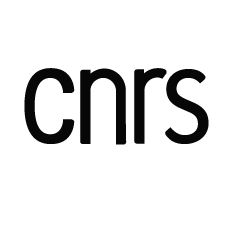Seminar SCALab 9/11/2023
SéminaireWhat do eye movements tell us about the cognitive processes underlying mental arithmetic ?
Eye-tracking is a privileged technique to study oculomotor behavior but, under strict experimental control, the technique has also the potential to provide a read-out of the cognitive processes at work during mental activity. I will illustrate this potential in the context of arithmetic problem solving. Mental arithmetic is a difficult exercise. In order to resolve this difficulty, it has been assumed that the cognitive system relies both on memory retrieval and procedural strategies. Hence, the answer of small problems (e.g., 4x3) can be retrieved directly from memory whereas large problems (e.g., 42-7) typically require calculation procedures. I will present eye-tracking data suggesting that these procedural strategies involve horizontal attention shifts reminiscent of increments (or decrements) along a mental continuum oriented from left to right, in line with the popular idea of a number line. I will show however that these attention shifts are not limited to the horizontal dimension but also occur along the vertical dimension. I will then show that when participants use a strategy consisting in transforming a subtraction into an addition (e.g., 63-59 à 59+?=63), it can reverse the direction of horizontal attention shifts. This eye-tracking study provides direct evidence that spatial attention shifts are functionally related to the strategies used during mental arithmetic and that occidental calculators preferentially use the horizontal dimension for implementing such strategies. In the second part of my talk, I will present eye-tracking data showing how spatial attention supports the solving of arithmetic problems in young children during the first stages of math learning. A fragmented presentation of the problem, allowed us to show that, with practice, children learn to use their visuospatial representation of the problem to narrow down the range of plausible answers before exact calculation takes place.
